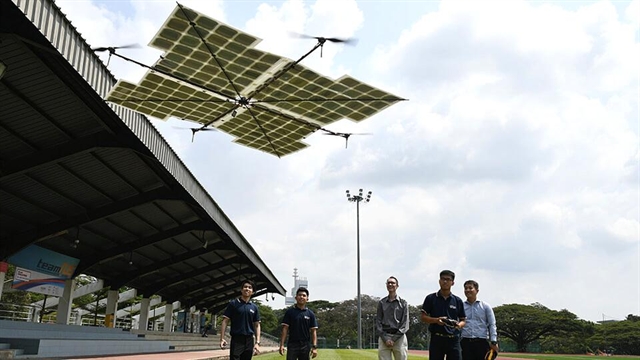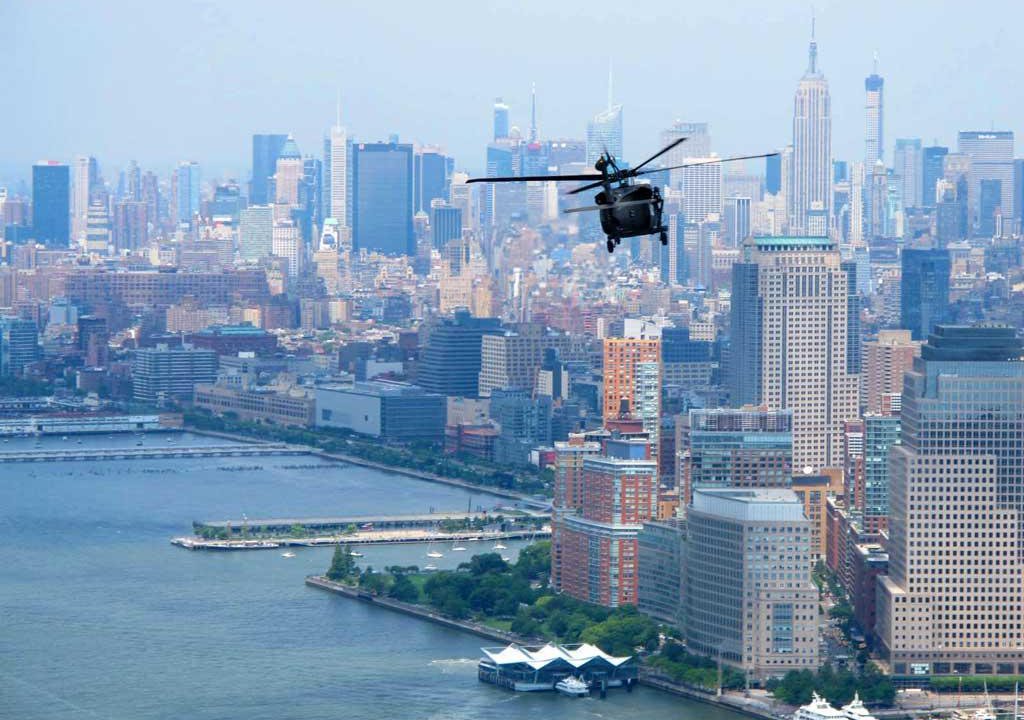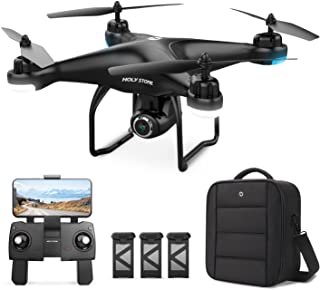
Drone racing is the newest trend in drone racing, but is it as dangerous as people think? Drones can fly at speeds up to 150 km/h in the open, but they are limited indoors due to obstacles. While drones are hundreds of gram in weight, many can be carried around in your hands. Drone courses aim to reduce human life's impact. These are just a few of the important features to keep in mind when you purchase a drone.
FPV (first person view) racing drones
FPV (first person view) drones are fast. The fastest drones around can reach speeds up to 180 mph in less than a second. The drones use high-tech cameras with advanced battery systems. Due to the delay between the live feed from the drone and the video it records, the drones may crash. FPV drone racing is gaining popularity rapidly. There are many ways to take part.
Li-Po batteries
Li-Po is an ideal battery for racing drones with friends. Li-Po Batteries are rechargeable. However, unlike traditional battery, they don’t use liquid electrolyte. Instead, they use polymer electrolyte, which stores the charge and transmits power from one cell to the next. These are some tips to make the most of your battery.

Speed
Recent events saw a Drone Racing League drone break the Guiness World Record for speed, flying at 263.1 km/h (163.5mph) over 100 meters. NASA is working to develop drones that can be used to explore Mars. Advanced camera systems and artificial intelligence are being used to develop drones for military use. Drone racing could pose some challenges. It must be safe before it can become a mainstream sport.
Maneuverability
For drone racing to be successful, maneuverability is key. Drones must be capable of flying on an optimal trajectory and controlled by a time-optimal algorithm to do this. Previous research in this area relied upon simplifications of quadrotor systems, and flight paths that were suboptimal. This research will be extremely useful for drone racing because it shows that it is possible in under an hour to determine the time-optimal trajectory.
Safety
While it is possible to watch drone races on TV, the real challenge is in ensuring safety for spectators. Drones are extremely dangerous, and safety is a big priority in drone racing. To make it safer for spectators, the Drone Racing League has partnered up with U.S. Netting. For this reason, spectators should not be in the drones' way. This is important for spectator safety and may be the main reason why you see people falling from the sky.

FAQ
What laws apply to drones flying above private property?
New rules have been issued by the FAA for commercial drone flying. These rules are only applicable to UAVs that weigh less than 55 pounds and fly below 400 feet above ground. Commercial operators must register with FAA to receive a license. When operating in restricted areas or near airports, they will need to obtain permission from the local authorities.
What is the difference between a quadcopter and a hexacopter?
A quadcopter can be described as a quadrotor helicopter with four rotors. It flies the same way as a traditional helicopter. The quadcopter has four independent rotors. A quadcopter has four rotors. The hexacopter has six. Hexacopters are more stable and maneuverable than quadcopters.
Is it safe to drive while flying a drone?
Drone flying at high speed is dangerous. You may also run into pedestrians and other animals. A collision with power lines, trees, buildings, or power lines could cause serious damage to your vehicle.
Statistics
- According to the multiple listing service (MLS), houses and apartments with drone photographs are up to 68 percent more likely to sell than those without pictures. (thedroneu.com)
- According to industry research from ZipRecruiter , there are 10 cities where the typical salary for a Drone Pilot job is above the national average. (dronesgator.com)
- According to Indeed, a drone pilot gets paid $25.73 per hour on average in the US. (dronesgator.com)
External Links
How To
How to Fly Drones for Beginners
A drone is a remotely-controlled aircraft that is used for aerial photography and surveillance. Drones have been in use since World War II. DJI's Phantom quadcopters became commercially available in 2010. There have been many types of drones since then, including beginner-friendly drones like the Parrot AR Drone 2.0 and professional-grade multi-rotor crafts like the DJI Mavic Pro.
There are many ways to fly a drone.
-
Remote control - This method uses a control device attached to your hand, which enables you to steer the drone through its flight path. There are two main types, On/Off switches (like radios) and joysticks.
-
Manual Control – This method lets users remotely control the drone by using a smartphone app. You must keep track of the location where you want the drone to go and follow the instructions from the app.
-
Autonomous Flight - This method involves leaving the piloting duties to the drone itself. It allows the drone to fly independently without any human intervention. It must have a builtin camera, sensors capable of taking images and data to enable autonomous flight.
-
Triggered Flying - This method works in the same way as manual control. However, the pilot has to manually set up a route for the drone and it follows that route until reaching the endpoint. After the preprogrammed route is complete, the drone will automatically land and return to its base.
-
Landing Gear – A few drones come with landing gear. This allows them land safely in the event of losing power or running out of battery.
-
Goggles - Pilots may wear goggles to shield themselves from flying debris.
-
Camera - You can capture photos and videos with your drone from the air.
-
Obstacles - Some drones can be equipped with obstacle avoidance systems that prevent them from crashing into obstacles.
-
Speed - Some drones can reach speeds of over 40 mph.
-
Battery Life - Most drones can last between 20 minutes to 3 hours, depending on how much power you're using.
-
Range - Depending on the model, some drones can travel up to 30 miles away.
-
Power source: Some drones will require an external power source while others can be powered by internal batteries.
-
Weight - Some drones weigh less than 1 pound, whereas other models weigh up to 4 pounds.
-
Size - Drones can range in size from tiny devices that can fit in your palm to heavy crafts that weigh 50 pounds.
-
Price – All drones fall into a price category. These range from expensive models that cost thousands to affordable options that start at 100 dollars.